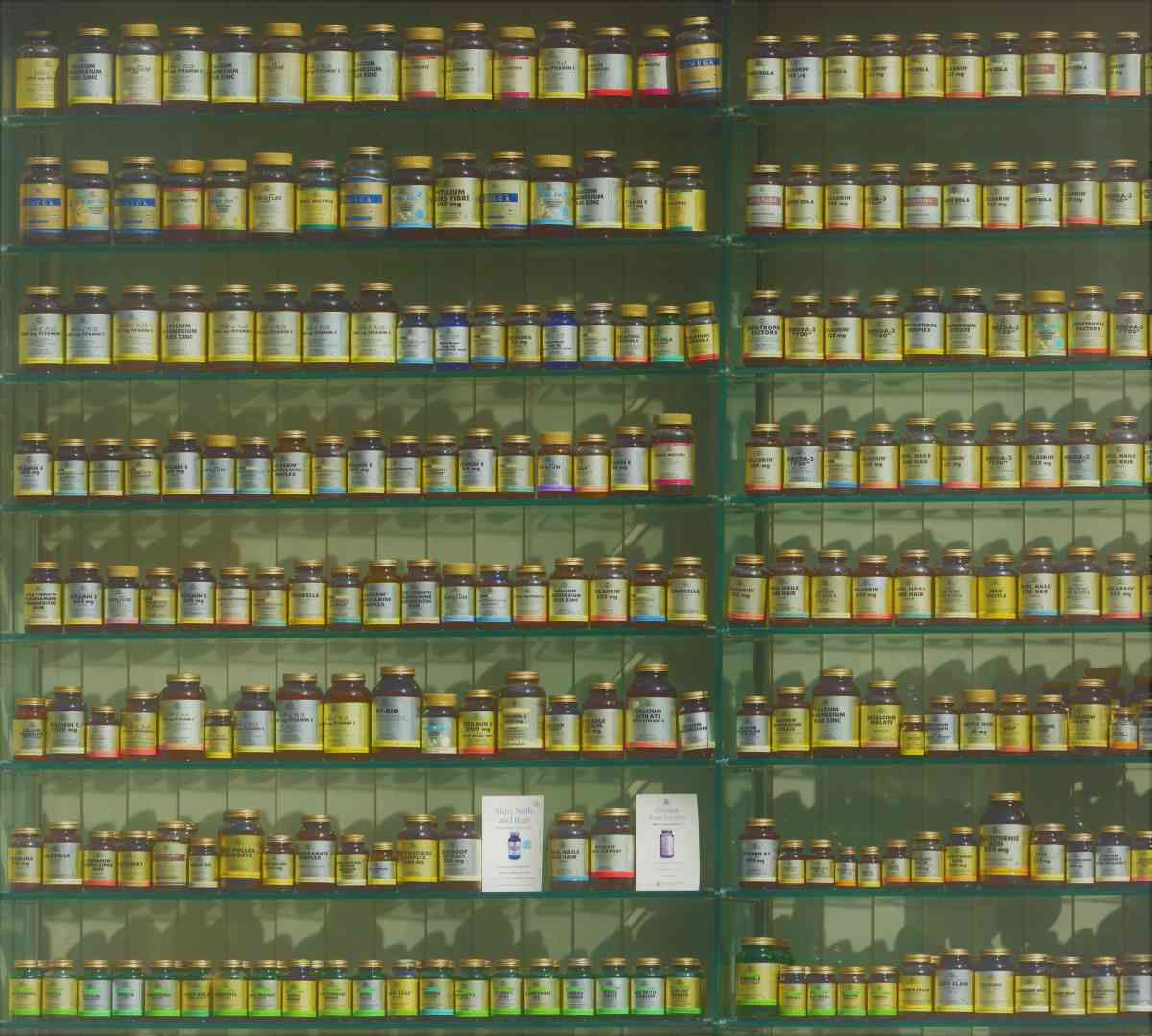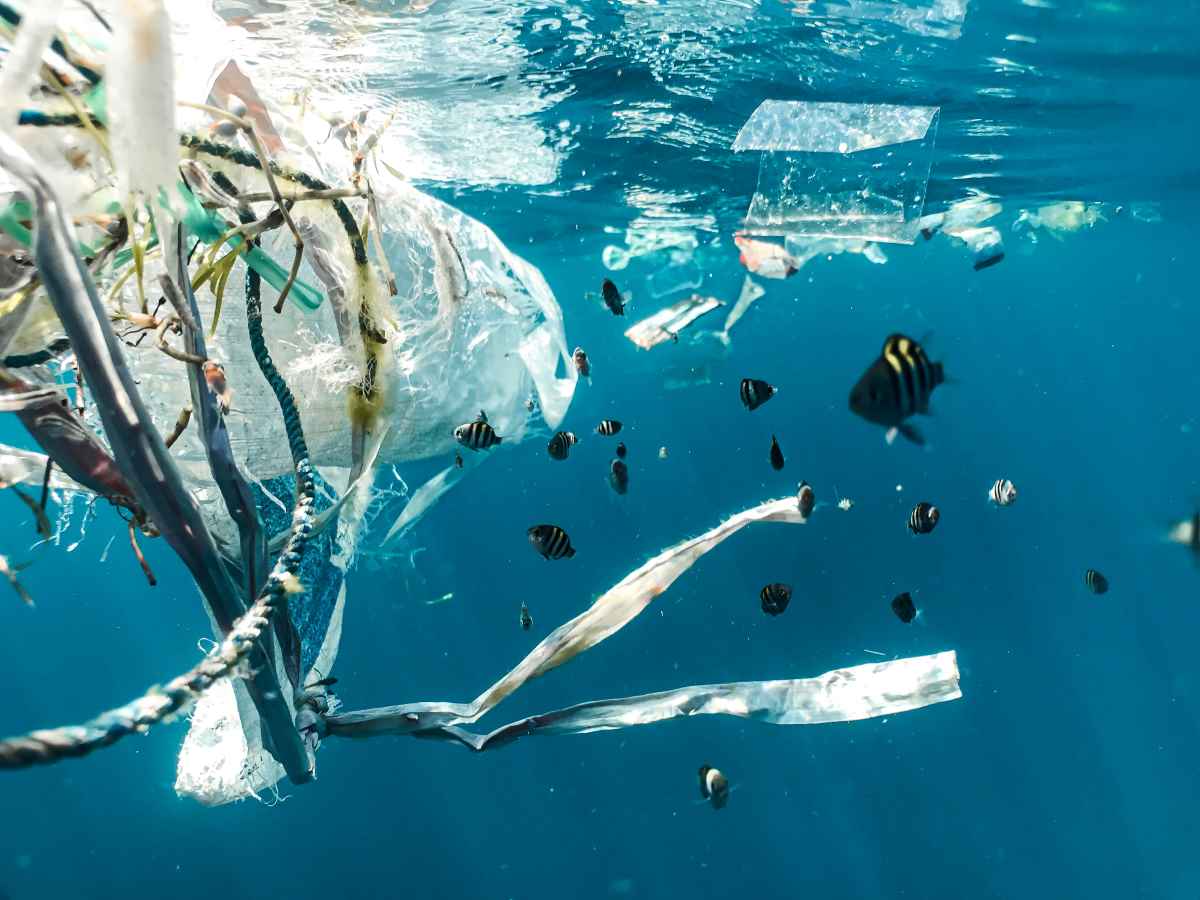
The Truth About Sustainable Supplements
Vitamins and supplements often help us towards our best selves. Improving our hair, gut health, skin, you name it – there’s a supplement for it. However, as we become more conscious about the sustainability of our diets, it’s time to put our little helpful pills under the microscope. Do sustainable supplements even exist?
HOW SUPPLEMENTS HARM OUR PLANET
When considering the sustainability of our diets, supplements are often the last thing we consider. The idea of a sustainable supplement may seem strange, as the environmental impacts of such small capsules must be miniscule. However, despite their size our vitamins are anything but eco-friendly.
OVERFISHING
Omega-3 supplements are renowned for their unsustainability. The demand for fish to use for the supplement has outweighed the supply of fish, leading to a reduction in fish populations. Some fish that live in the oceans are becoming extinct due to overfishing. Even if many of us don’t take omega-3 supplements (only 20% of the population in Europe is estimated to take the supplement) its impact is devastating.
WASTE
Due to plastic packing, and neglectful practices there is a huge amount of waste caused by the supplement industry. 79% of packaging ends up in a landfill, where it contributes to C02 emissions. This plastic also tends to be single-use and non-refillable, further adding to the environmental impact.
THE VITAMIN C PROBLEM
Vitamin C is becoming an incredibly popular supplement. Not just in our vitamins, but also in our skin care. Yet, the truth behind Vitamin C is less than appealing. China is the primary manufacturer of Vitamin C which is only just starting to focus on implementing more environmental methods.

HOW SUPPLEMENTS HARM OUR PLANET
When considering the sustainability of our diets, supplements are often the last thing we consider. The idea of a sustainable supplement may seem strange, as the environmental impacts of such small capsules must be miniscule. However, despite their size our vitamins are anything but eco-friendly.
OVERFISHING
Omega-3 supplements are renowned for their unsustainability. The demand for fish to use for the supplement has outweighed the supply of fish, leading to a reduction in fish populations. Some fish that live in the oceans are becoming extinct due to overfishing. Even if many of us don’t take omega-3 supplements (only 20% of the population in Europe is estimated to take the supplement) its impact is devastating.
WASTE
Due to plastic packing, and neglectful practices there is a huge amount of waste caused by the supplement industry. 79% of packaging ends up in a landfill, where it contributes to C02 emissions. This plastic also tends to be single-use and non-refillable, further adding to the environmental impact.
THE VITAMIN C PROBLEM
Vitamin C is becoming an incredibly popular supplement. Not just in our vitamins, but also in our skin care. Yet, the truth behind Vitamin C is less than appealing. China is the primary manufacturer of Vitamin C which is only just starting to focus on implementing more environmental methods.

HOW CAN YOU IDENTIFY SUSTAINABLE SUPPLEMENTS?
Due to the growing consumer consciousness surrounding our impact on the planet, many supplement companies are starting to alter their methods. Although, in the age of greenwashing, it is difficult to know when a supplement is sustainable. Food and beauty supplements alike are trying to become more eco-conscious.
“The main areas to consider are ingredients, production, transportation, and packaging. These are areas that you can consider when choosing supplements. How sustainable are the ingredients in the package? For example, fish oil supplements have been criticized for overfishing and negative impacts on ocean ecosystems. Like you would food products, you can do a little digging into where the ingredients come from in supplements.” – Sharon says.
It is vital the company is transparent, as Sharon explains. “Some manufacturers list this information. Supplements may have ingredients shipped in from all over the world, where they are manufactured into supplements, and then transported around the world again. In addition, you can look at packaging; looking for less packaging and recyclable materials.”
INGREDIENTS
Chaga-extract is found in wild mushrooms that are primarily grown on birch trees. It is popular for its claimed anti-inflammatory properties. Despite these claims, investigations into its benefits are still largely new. Many claim it is a sustainable supplement as it occurs naturally in the wild.
Chaga can either be cultivated or wildcrafted. It grows without any human intervention and is wild harvested. However, it can still be at risk from over-foraging. So, if you are buying Chaga it’s important to go with transparent suppliers.
Microalgae omega-3 supplements are a sustainable alternative to overfishing. As Sharon states. “It’s more sustainable to use algae omega-3 supplements than fish oil.” Algae omega-3 helps fish populations recover. It doesn’t release toxins or pesticides into the sea through production either, like farm-based fish oil.
PRODUCTION
Any genuinely sustainable production method must deliver viable products while conserving natural resources, avoiding pollution, and maintaining social responsibility. New methods focus on reducing waste and the use of energy.
Among the top innovation areas for manufacturing processes is the use of alternative energy sources. Avoiding fossil fuels and opting for solar or wind-powered energy. Focusing on reducing water usage during the agricultural process is also integral to sustainable production.
PACKAGING
Supplement containers must protect and maintain the freshness and integrity of products. Shielding from UV light, moisture, and microorganisms is essential. This can often mean a limitation in packaging, with many opting for plastic containers.
New eco-packaging innovations are emerging, but it’s still up to debate whether these are truly sustainable. Glass bottles are becoming more popular. There are also more sustainable plastics including recycled PCR components with resins or paper.
More companies are also exploring plant-based packaging. Paper, moulded fibres, sugarcane pulp, and bioplastics that are usually made from corn, potato, or cellulose, are great compostable options for sustainable brands.
+ Words:
Emily Fromant
Luxiders Magazine








